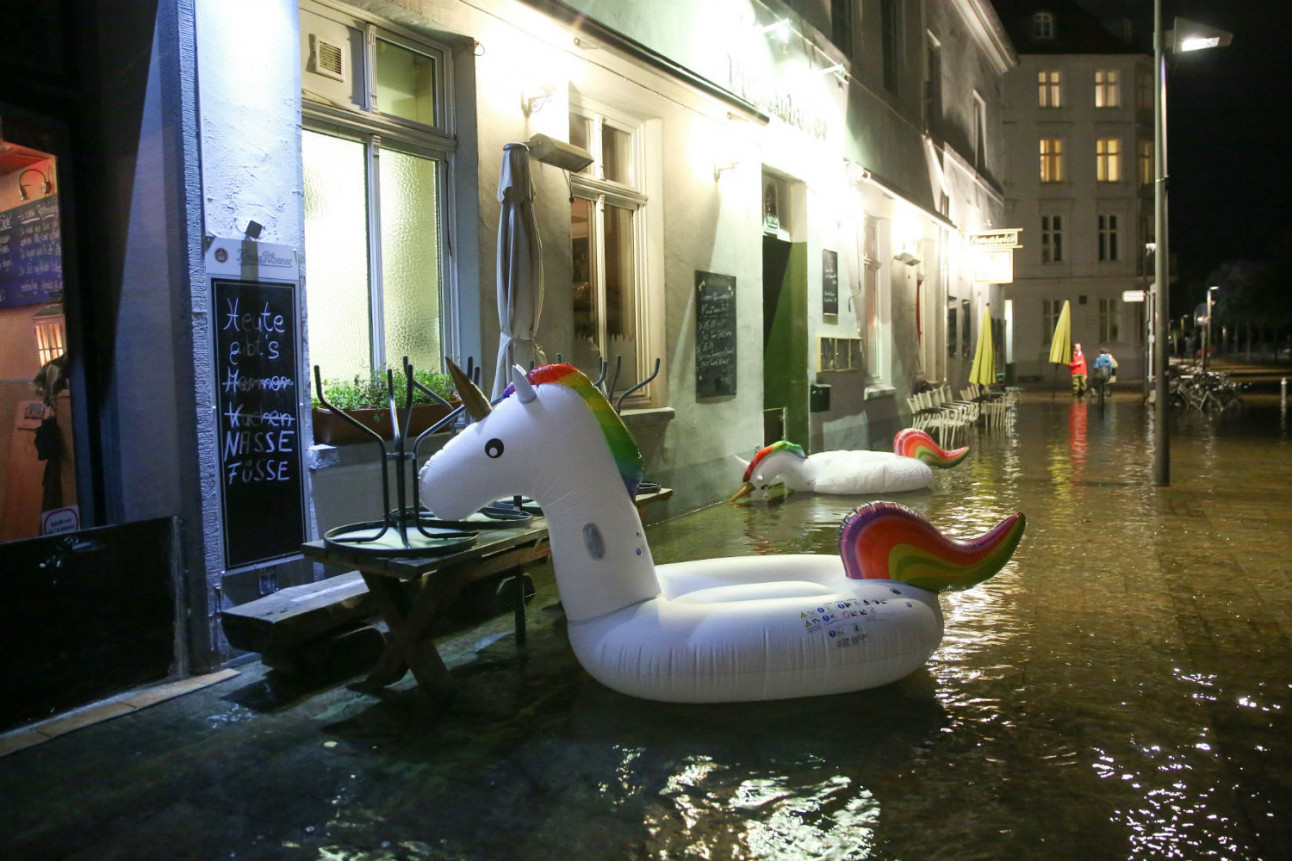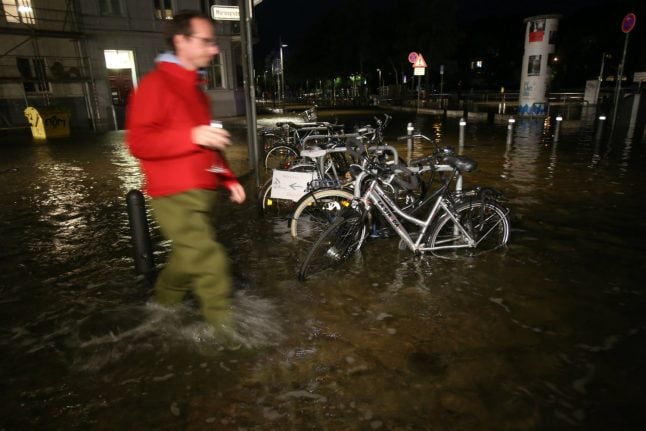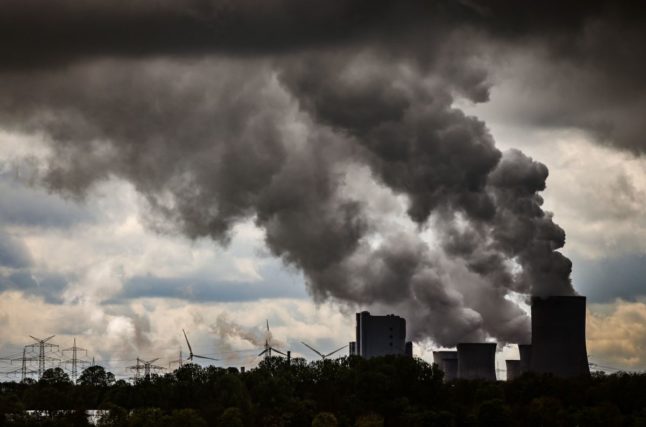Water levels rose significantly in coastal areas of Germany due to storms and severe rain on Wednesday.
In Mecklenburg-Western Pomerania, flooding reached its peak on Wednesday evening. It brought water levels to almost 1.40 metres above normal, said meteorologist Stefan Kreibohm from the weather station at Hiddensee.
In Schleswig-Holstein, the Trave river in Lübeck and the district of Travemünde rose to around 6.26 metres. This resulted in flooding at the Obertrave in the old town of Lübeck and parts of the promenade in Travemünde. According to the Waterways and Shipping Office, the normal water level is five metres.
After the flood, the focus is now on the damage: the district of Vorpommern-Greifswald was particularly affected in Mecklenburg-Western Pomerania. On Wednesday, alarm stage 2 was triggered there due to rising water levels.
READ ALSO: 'Last days to enjoy the sun': Temperatures in Germany to dip as summer ends
In the second of four alarm stages, the dams were to be checked for damage and, if necessary, sealed with sandbags, the State Office for Agriculture and the Environment (StALU) said.
'Trees blown onto roads'
The storm also knocked down several trees and branches throughout the district.
Firefighters had to remove the debris from roads and railways. The rescue control centre reported more than 60 such operations in the region by the afternoon. According to police reports, trees had fallen onto two cars in the Stralsund area.
Der Regen hat sich allmählich bis in die Mitte vorangearbeitet und kommt im Laufe der Nacht unter Abschwächung noch weiter westwärts voran. Am Harz regnet es weiter kräftig und auch der Wind bleibt an der Ostsee in der Nacht noch stürmisch, sonst lässt er nach. /V pic.twitter.com/bJHDVSL5h6
— DWD (@DWD_presse) October 14, 2020
This tweet by the German Weather Service shows there was lots of rain across Germany on Wednesday.
In Rostock-Warnemünde water spilled over onto the pier. Beach chairs were left floating in the water and had to be salvaged.
The storm washed sand from the beaches into the sea. According to media reports, Lubmin's mayor Axel Vogt expects there has been flood damage to the newly raised beach in Meckenburg-Western Pomerania.
 Flooding in Lübeck. Photo: DPA
Flooding in Lübeck. Photo: DPA
'Water levels slowing falling'
The Federal Maritime and Hydrographic Agency (BSH) extended the storm surge warning in the Baltic Sea area until Thursday. According to the warning, water levels of up to 1.15 metres above average sea level were still to be expected on almost the entire German Baltic coast.
However, it is improving. “The water levels along the coast are slowly falling,” the agency said, however.
Many shipping companies stopped their ferry operations on Wednesday. The shipping company FRS Baltic, which operates the Swedish fast ferry between Sassnitz-Mukran and Ystad, also cancelled departures for Thursday.




 Please whitelist us to continue reading.
Please whitelist us to continue reading.
Member comments